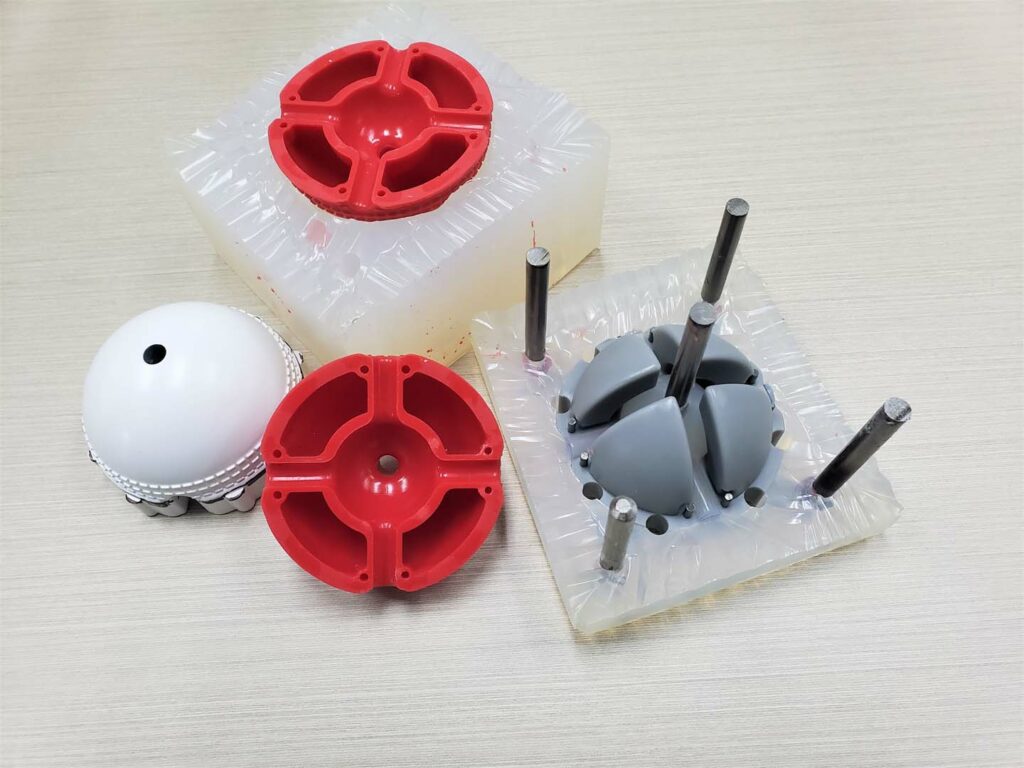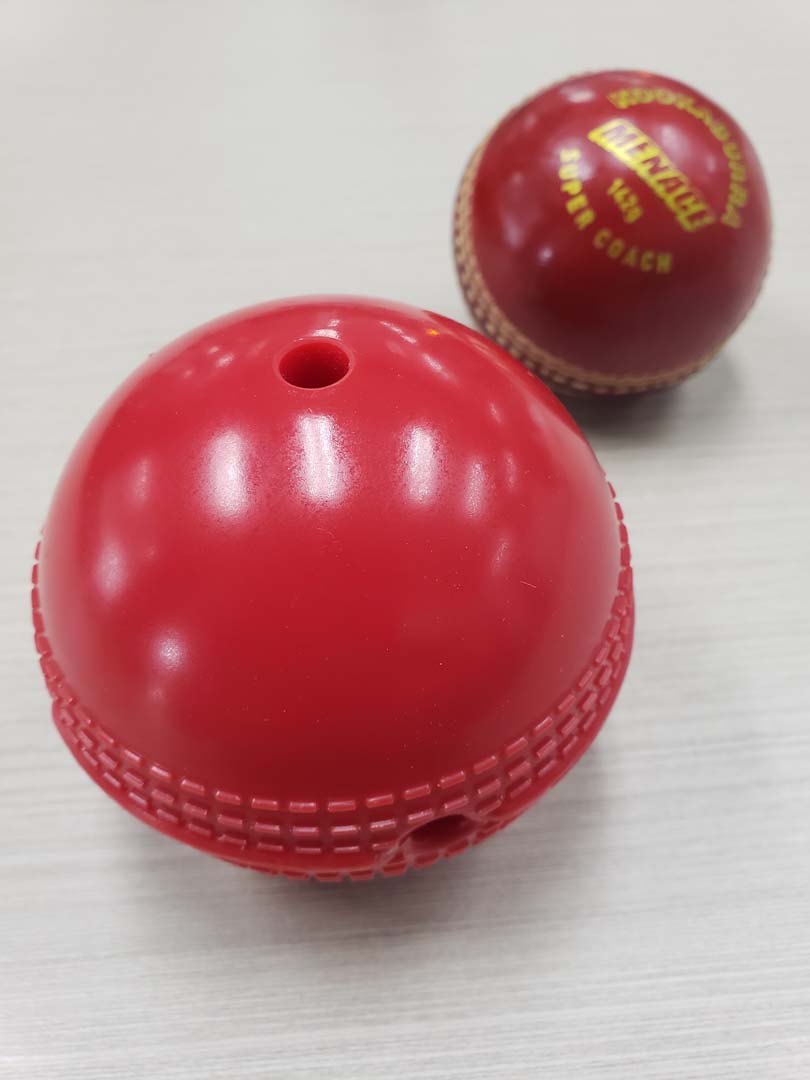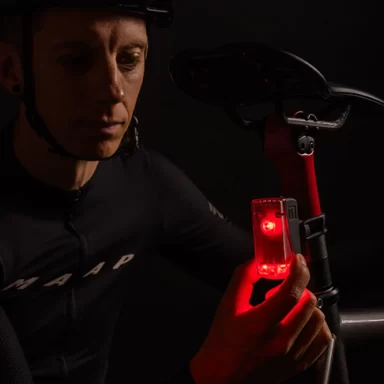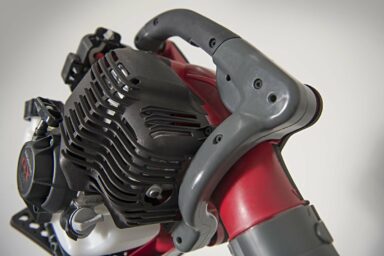Beep Cricket

Beep Cricket – Enabling an active & inclusive lifestyle with the support of Ian Healy.
Known as one of the greatest wicketkeepers in history, Ian Healy’s contributions to Blind Bats Inc and their newest venture in Beep Cricket promotes increased sporting accessibility for the blind and vision impaired.
Blind cricket has been played as a competitive sport in Australia since 1922. It’s based on the traditional laws of cricket with the major exceptions being:
- Players are totally or partially blind
- Bowling is underarm
- Totally blind batman’s have runners
- The ball is audible
Challenge:
In terms of playing cricket, the major adaption is the ball, which is slightly larger than a standard cricket ball and traditionally filled with ball bearings or bells to provide audible cues.
Listening to the sound of the ball is how the players are able to bowl and catch. The biggest challenge for the game is when the ball stops moving in the field and no longer makes a sound.
Paul Szep, president of Blind Bats Inc, is an avid supporter of blind cricket, after becoming aware of the Kookaburra Smartball and its technology, he came up with the idea of a continuous beeping cricket ball that’s remotely controlled by a phone app.
The difficulty was finding a process of putting an electronic device into a ball that can repeatedly withstand the punishment of a cricket bat and requires keeping the ball at a reasonable weight and size.
Solution:
Kookaburra, the world’s leading sports equipment manufacturer, teamed up with Sportcor (developers of “Smartball” technology since 2018) to design a cricket ball that omits sound from an electronic chip embedded inside the core of the ball.
When needing field trial prototypes, Kookaburra sought the assistance of Formero (formerly GoProto ANZ), an Australian end-to-end solutions provider offering 3D printing and conventional manufacturing technologies.
Using a combination of stereolithography (SLA) 3D printing and silicone moulding, replicates of the cricket ball shell were made in Shore A70 plastic hardness and sent to Kookaburra for testing.
Result:
Working closely with Kookaburra’s design team, Formero was able to convey any design constraints early in the piece and provide ideal material solutions to meet mechanical and regulatory requirements.
The significant advantage of urethane casting is the cost effectiveness of producing low volume, functional plastic parts in comparison to injection mould tools. The castings are incredibly realistic and replicate textures, fine detail and complex geometries.
In a recent interview between Paul Szep, Ian Healey and Tony Clark, Paul explains that Beep Cricket is a world first that promotes inclusion and an active lifestyle for the blind and vision impaired.
The cricket ball prototypes are currently under review and will be unveiled in an upcoming cricket game organised by Blind Bats Inc.
Podcast
PODCAST – Recommended listening (40 minutes)
Even if you’re not a cricket fan, this is a great interview between Paul Szep from Blind Bats Inc, cricketing legend Ian Healy and Tony Clarke, explaining how the game works and the design of the cricket ball.
Ready to speak with us?
If you have questions please feel free to contact us.
Other Case Studies.
Project Flock’s Hybrid Manufacturing Approach
Through Formero’s Hybrid Manufacturing solution, Project Flock were able to bring their innovative Biomotion tail light to market.
Read MoreQuick Turnaround Architectural Models
Using SLA we 3D Printed Architectural Models in as little as 5 days for a carbon-capture plant, which extracts CO2 from the air, directly removing CO2 from the atmosphere.
Read MoreAtom Industries – Leaf Blower
See how Formero’s 3D Printing Technology helped Atom Industries, an an innovative leader in the development and manufacture of lawn and garden equipment, improve their leaf blower’s design and performance.
Read More



